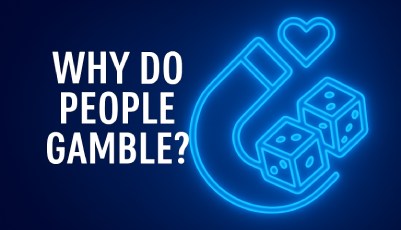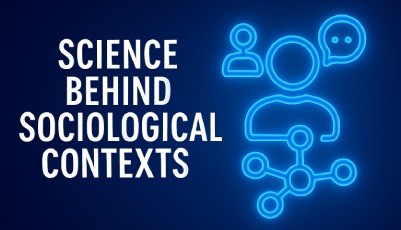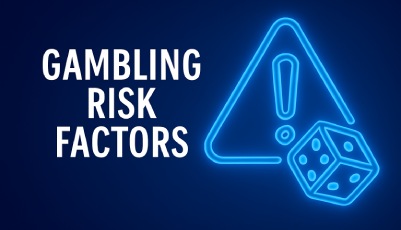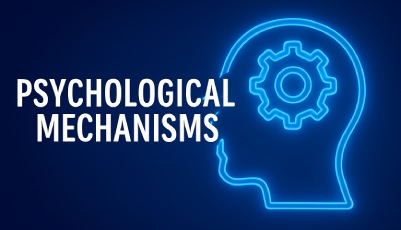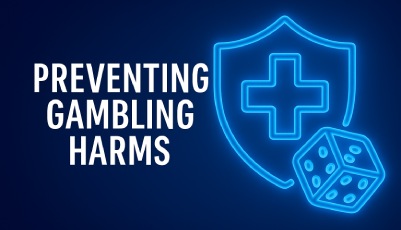What is Addiction by Design?
Addiction by Design is a book by anthropologist Natasha Dow Schüll, who spent fifteen years researching how gamblers interacted with electronic gaming machines. In her book, she highlights how the gambling industry relies on psychological mechanisms to encourage people to gamble through specific design choices that are often not obvious to the gamblers.
Which Psychological Elements Do Gambling Operators Use?
Schüll’s book explored the psychological mechanisms in gambling at length. In our review, we looked at each of the mechanisms and what other researchers have said about the same since the release of the book. Our findings were as follows:
The Variable Ratio Reinforcement
According to Schüll, slot machines are designed to reward players on a variable ratio, which ensures that the wins are unpredictable (Lee, 2014). As such, players feel the urge to keep playing as they seek a win. A study by Clark et al. (2013) echoed these findings. Through neuroimaging, the researchers found that when players encountered variable rewards, they experienced dopamine releases that were much higher than when they faced predictable returns.
The Machine Zone
Many players immerse themselves in gambling to the point of losing track of time as well as their bodily needs. As Schüll explains, this is not by chance. In her work, she focuses on features such as the lack of clocks, the seamless gaming experiences, and other architectural and ergonomics choices that help players feel more comfortable (Lee, 2014). In this state, players experience more immersion and fewer cognitive disturbances, which helps them enter a flow state where almost all of their focus is on the games and they are less aware of their actions. Research conducted by Goudriaan et al. (2023) and Ye (2024) echoes this, stating that gamblers who are in this state have lower activity in their prefrontal cortex, which affects their ability to take note of what’s happening around them.
The Near Miss Effect
Schüll uncovered that near misses were implemented in games for their psychological effects. Near misses are outcomes that are close enough to a win but are not actual wins. In her findings, Schüll stated that when gamblers had near misses, they felt like they had made progress, and this encouraged players to stay in the game (Lee, 2014). According to similar findings by Clark et al. (2013), near misses affect the same parts of the brain as actual wins by triggering dopamine. As a result, the more of these misses that players get, the more inclined they are to keep playing.
“Using a slot machine task that delivered occasional jackpot wins, near misses (where the reels landed adjacent to a win) were associated with higher self-reported motivations to gamble than full-miss outcomes, despite their objective equivalence as non-wins.” (Clark et al., 2013).
The Disguised Losses
In her research, Schüll found that gambling machines would also celebrate net losses with lights and sounds. As a result, this would alter the players’ perceptions of their realities such that they would feel like they had won despite the fact that they had lost (Lee, 2014). Her conclusions were similar to what Dixon et al. (2010) had stated. In their research, they had measured the physiological responses to losses that had been disguised as wins and found that the reactions were similar to those of actual wins. Players could not tell the difference and would feel like they had been successful, which would encourage them to keep playing.
The Feedback Loops
As Schüll explains, when players interact with a game, they receive visual and audio feedback, which prompts them to take more actions, resulting in a continuous feedback loop. Gray et al. (2024) add that these feedback loops reduce a player’s ability to engage in goal-oriented behavior and instead push them to keep interacting with the game so as to get more feedback. And as Ye (2024) asserts, these loops capitalize on psychological and emotional vulnerabilities that relate to people’s need for engagement.
Do these Mechanisms Cause Addiction?
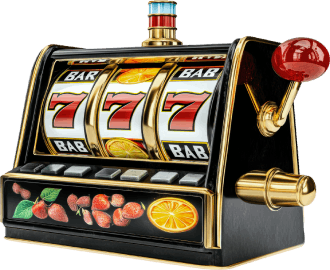
According to Schüll, the variable rewards, flow states, near misses, and fast feedback loops trigger dopamine releases, which encourage gamblers to keep playing. Over time, players are likely to develop gambling habits geared toward more dopamine releases, which can result in addictive and compulsive behaviors. In her findings, Schüll argues that the games have been designed to have an addictive effect (Lee, 2014).
Examples of Case Studies
A Palmer et al. (2024) study looked into how near misses affected gambling behavior. It included over 500 participants who did not have a problem gambling history and who had PGSI scores equal to or lower than 7. They found that near misses encouraged the participants to keep playing compared to when they encountered full losses. In fact, participants increased their bet sizes after the misses. In a separate study by Salaghe et al. (2023), researchers investigated the effects of losses disguised as wins on betting behavior. After analyzing 42,669 gamblers over a period of 108 days, they found that the more losses were disguised as wins, the more participants wagered on their next spins. What’s more, they played faster in such cases compared to when they encountered full losses.
Takeaway
Schüll’s book sheds light on the psychological elements used by gambling operators to encourage people to keep playing. But as her book and several studies have shown, these same mechanics can pave the way for problem gambling if left unchecked. Thus, it is important for gamblers to be aware of these dynamics and how they could affect their behaviors.
FAQs
This book by Natasha Dow Schüll recounts her observations after spending 15 years researching how gamblers interact with electronic gaming machines.
Operators rely on a wide range of elements, including variable ratio reinforcement, near misses, losses disguised as wins, and feedback loops.
According to Schüll and other researchers, these features encourage players to keep playing, which can result in habit formation and, thus, addiction.
References
- Clark, L., et al. (2013). Pathological Choice: The Neuroscience of Gambling. Journal of Neuroscience https://www.jneurosci.org/content/33/45/17617
- Dixon, M. J., et al. (2010). The deceptive nature of LDWs. International Gambling Studies https://www.tandfonline.com/doi/pdf/10.1080/14459795.2018.1467946
- Goudriaan, A. (2023). Gambling disorder and behavioral addictions. European Psychiatry https://www.cambridge.org/core/journals/european-psychiatry/article/gambling-disorder-and-other-behavioral-addictions-mechanisms-recognition-and-treatment/AFD1E52FAF30E187D702CBEADD6C338E
- Gray, C., et al. (2024). Dark Pattern Ontology. Weizenbaum Journal https://ojs.weizenbaum-institut.de/index.php/wjds/article/view/5_3_2/189
- Lee, K.-W. (2014). Addiction by Design: Machine Gambling in Las Vegas by Natasha Dow Schüll (review). Technology and Culture, 55(1), 278–280. https://doi.org/10.1353/tech.2014.0015
- Monge Roffarello, L., & De Russis, L. (2022). Attention-capture dark patterns. Weizenbaum Journal https://ojs.weizenbaum-institut.de/index.php/wjds/article/view/5_3_2/189
- Palmer, L., Ferrari, M. A., & Clark, L. (2024). The near-miss effect in online slot machine gambling. Psychology of Addictive Behaviors. Retrieved from https://www.greo.ca/Modules/EvidenceCentre/files/Palmer%20et%20al%20%282024%29_The%20near-miss%20effect%20in%20online%20slot%20machine_final.pdf
- Salaghe, F., Guerrero, F., Jones, D., Nichols, M. W., & Sundali, J. (2023). Behavioral responses to losses disguised as wins: A field study of slot machine players. Journal of Gambling Studies. https://doi.org/10.1007/s10899-022-10184-w
- Schüll, N. D. (2012). Addiction by Design: Machine Gambling in Las Vegas. Princeton University Press. https://press.princeton.edu/books/paperbook/9780691160887/addiction-by-design
- Sescousse, G., et al. (2013). Processing of near-misses in gambling. Journal of Neuroscience https://www.jneurosci.org/content/33/45/17617
- Ye, X. (2024). Dark Patterns and Addictive Designs. Weizenbaum Journal of the Digital Society https://ojs.weizenbaum-institut.de/index.php/wjds/article/view/5_3_2/189
